Pharmacists are not pleased with the first Part D contracts they have been receiving from pharmacy benefit managers and prescription drug plans (PDPs). They offer some of the lowest reimbursement rates in memory. Contracts reviewed by Drug Topics call for reimbursement at average wholesale price minus as much as 45% plus dispensing fees as low as $1.



